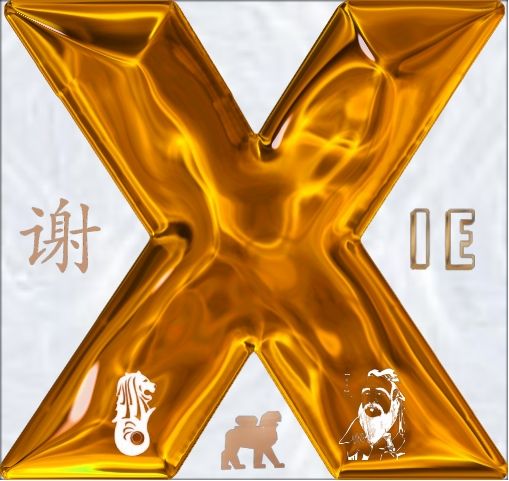
Xiefuzi Reise Blog
vakantio.de/xiefuzi-reise-blog
Grand Canal Culture
Wɔatintim: 14.08.2024

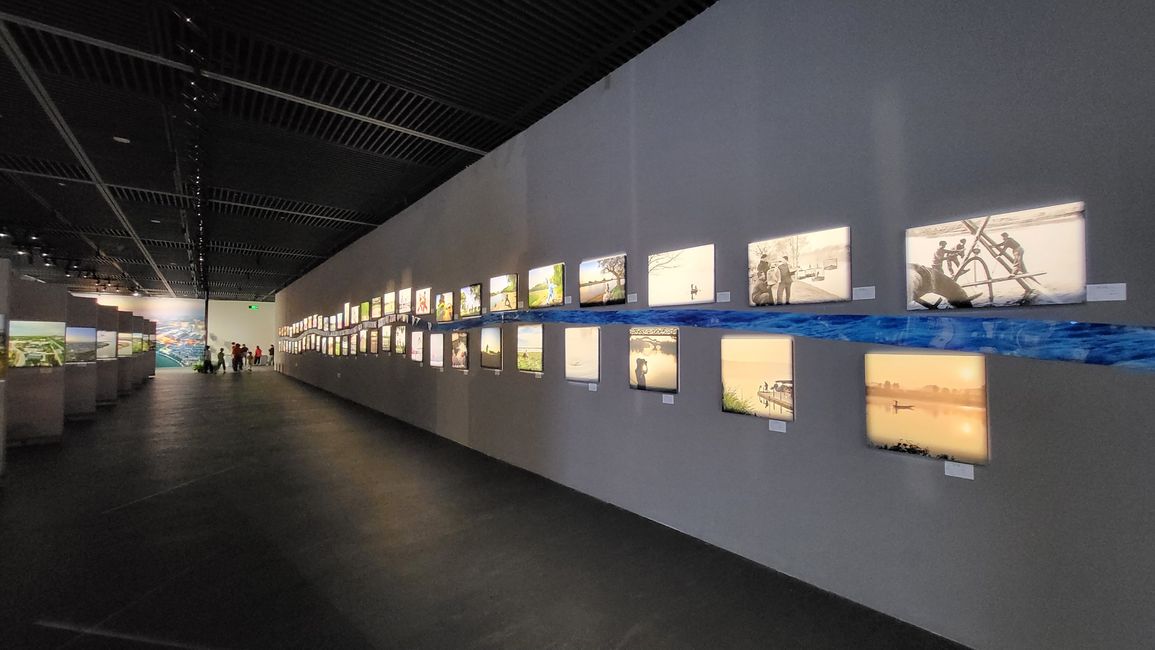









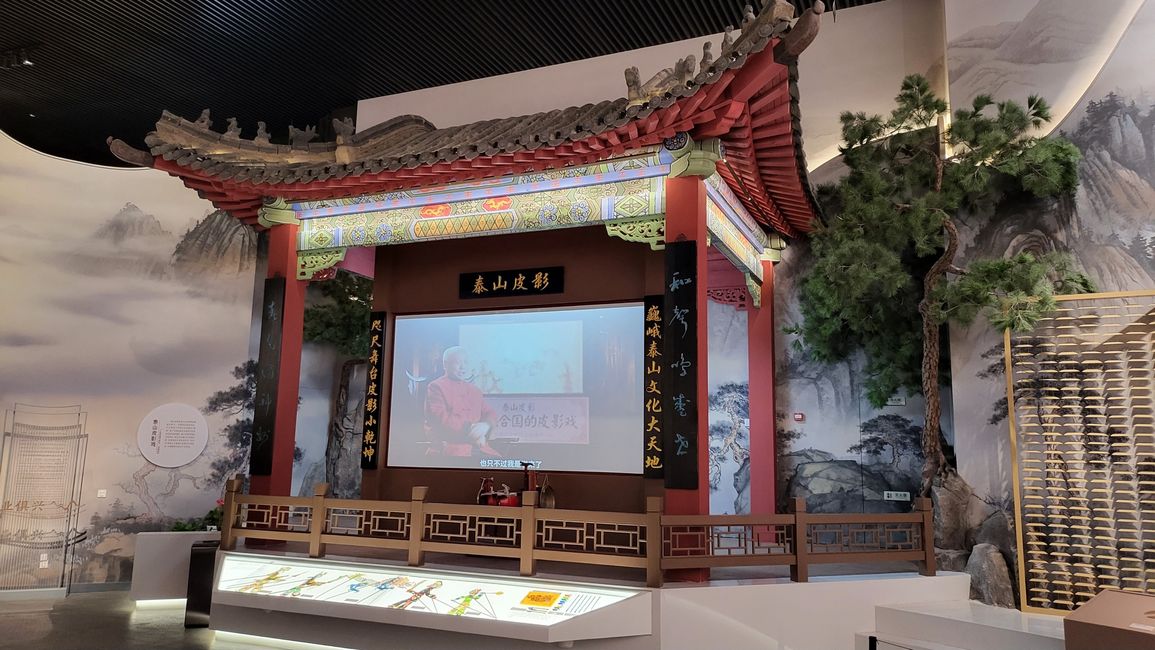
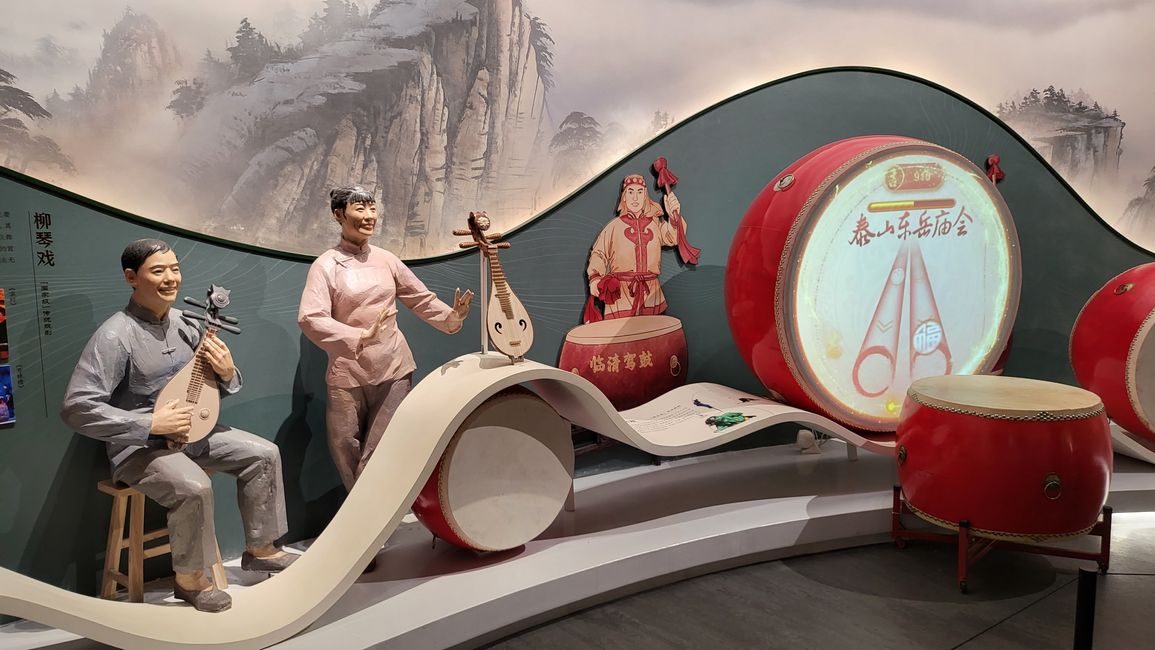


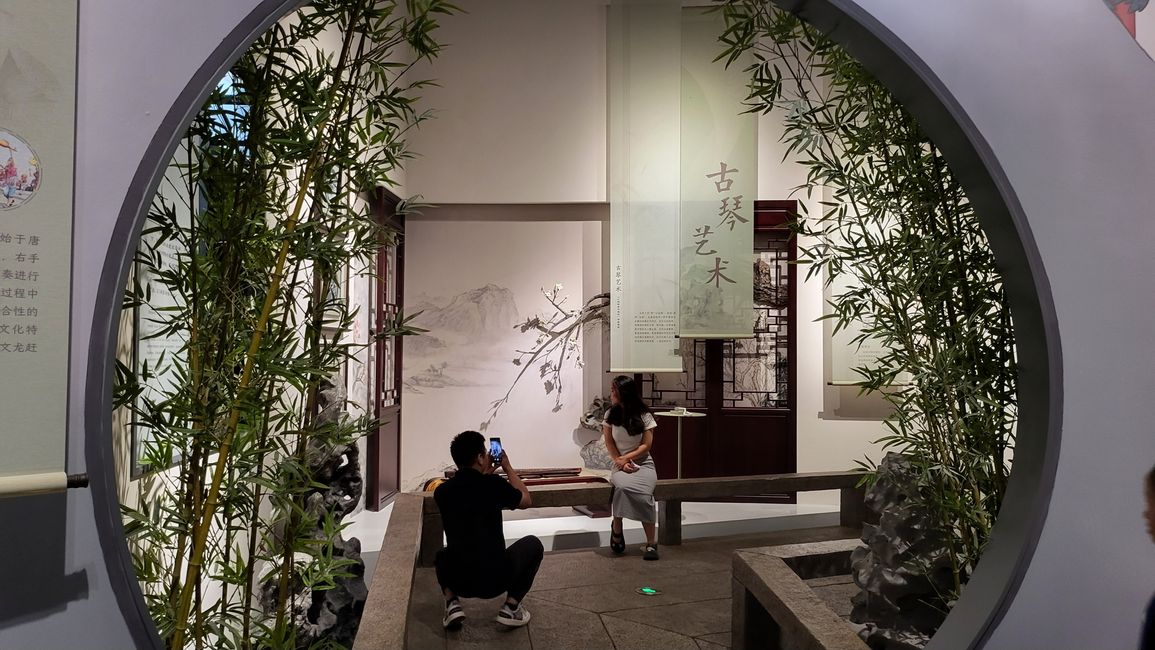





We had only one real rainy day during our vacation; otherwise, there were just occasional short but heavy rain showers or light drizzles. However, this rainy day was actually available for an outing, so we decided to visit a museum in the afternoon. Many people in Cangzhou had the same idea, which meant a high volume of visitors. The museum is part of the expo complex, and it exceeds all expectations regarding its size. The vast exhibition spans several halls and three floors, focusing mainly on the culture along the Grand Canal. Eye-catching materials, life-sized figures, machines, boats, and objects are displayed in an impressive lighting design and multimedia projections across a variety of thematic islands. Even entire rows of houses have been recreated, showcasing different trades within the wooden buildings. Enormous modeled relief walls tell stories and highlight cultural elements. Introductory explanations are also available in English, but the descriptions and labels for the exhibits are only provided in Chinese. Often, the visual representations are self-explanatory. Interesting aspects can be translated using a smartphone.
In the first exhibition hall, many current and historical photos of the Grand Canal in Cangzhou are displayed, with current photos playing with different times of day and thus lighting effects. The second exhibition hall addresses economic and cultural canal themes; in my small photo selection, these include the colorful activities of performances and fairs along the canal, Jianbing Guozi (Chinese crepes), and Goubuli Baozi (stuffed dumplings) as typical dishes in Tianjin, Chinese medicine, the development of martial arts centered around the Iron Lion of Cangzhou, the production of the Chinese spirit Baijiu, colorful snuff bottles, Confucianism featuring Confucius at Mount Taishan, the origin of shadow puppet plays, musical instruments such as Pipa (Chinese four-stringed lute) and Gu (drum), Chinese opera, the trade of goods via boats, the role of bamboo, elaborate official seals that supported a highly developed bureaucracy, and the accompanying stone carving. On the second floor, a large walk-in boat is set up, inviting visitors on its deck to a river tour through a 180-degree video projection. We also see an exhibition about regional culture (which will also have a separate blog post). However, as we were exploring the various historical living spaces, we heard the announcement for the museum's closing. Thus, we will likely plan a return visit next year.
Anoyie

Akwantuo ho amanneɛbɔ China
